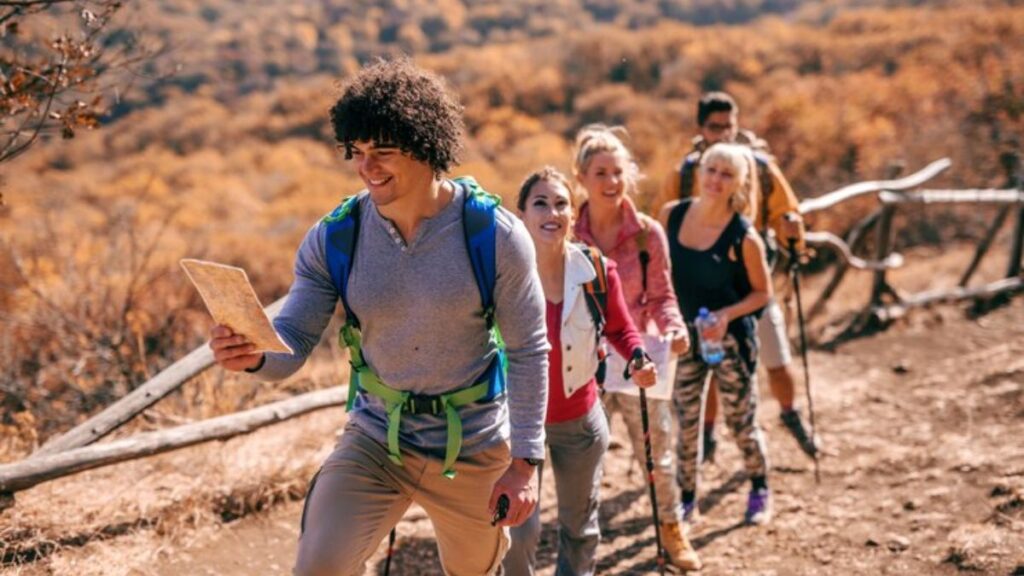For active travellers looking to push their limits and immerse themselves in immense natural beauty, few hiking trips rival the drama and reward of a Himalayan trek. They’re both true bucket list holidays that will really let you explore what you’re capable of. But which of the two iconic locations to choose first? When to take this dream vacation? And how to prepare?
For all the ambitious and adventurous hikers, here’s where to start.
Choosing the Perfect Trekking Destination
The Himalayas, home to Everest Base Camp and the Annapurna Circuit, offer not only jaw-dropping scenery but also a deep cultural experience. You’ll pass through remote Sherpa villages, ancient monasteries, and vibrant prayer flag-lined trails. The treks vary in difficulty, so whether you’re a first-timer or a seasoned hiker, there’s a route to match your fitness level. That being said, it is still going to be a tough time if you’re new to hiking in general.
Mount Kilimanjaro, Africa’s tallest peak, presents a different kind of adventure. Unlike the multi-week treks of the Himalayas, Kilimanjaro climbs usually span 5–9 days, but don’t let the timeline fool you, it’s a demanding, high-altitude trek that will test your physical limits. Each day brings a new ecosystem, from rainforest to alpine desert to glacier, making it one of the most diverse climbs in the world.
Optimal Seasons for Trekking
Timing can make or break your trip. For the Himalayas, spring (March to May) and autumn (late September to November) are prime trekking time. The weather is stable, the skies are clear, and the trails are most accessible. Monsoon season (June to August) brings heavy rain and landslides, while winters can be brutally cold at high elevations.
Mount Kilimanjaro, meanwhile, is best climbed during its dry seasons: January to early March and June to October. These windows offer the clearest skies and most manageable conditions, though they can also attract more hikers. If you’re aiming for fewer crowds, shoulder months like March or early June are worth considering.
Preparing for the Trek: Gear and Training
Preparation is crucial. Pack layers as temperatures can swing dramatically between day and night. Also invest in some quality, broken-in hiking boots, moisture-wicking clothing, and a durable backpack. Don’t forget essentials like trekking poles, a water purification system, and altitude sickness tablets.
Start training months ahead, giving yourself as much time as possible to reach your peak fitness level. Focus on cardio, strength training, and long hikes with elevation gain. Building endurance and conditioning your legs will pay off when you’re tackling steep, multi-hour climbs day after day.
Cultural Etiquette and Environmental Responsibility
Wherever you trek, respect is everything. In the Himalayas, modest dress and polite interaction with locals go a long way. Avoid pointing with your feet and always ask before photographing people or sacred sites. On Kilimanjaro, porters make your climb possible so treat them well, and support operators who follow fair pay practices.
Environmental impact matters too. Stay on marked trails, pack out all trash, and avoid single-use plastics. At high altitudes, ecosystems are fragile. Leave no trace should be more than a motto; it should be a part of your mission!
Was this helpful? If so, please keep browsing our site to find more useful information!







